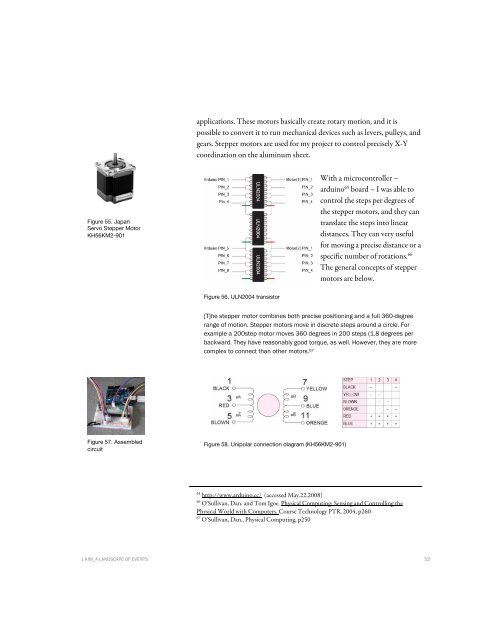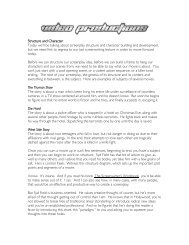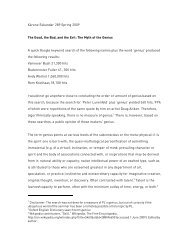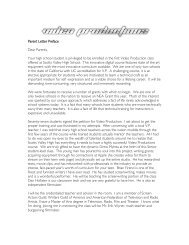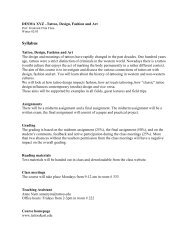UNIVERSITY OF CALIFORNIA Los Angeles - Users - UCLA
UNIVERSITY OF CALIFORNIA Los Angeles - Users - UCLA
UNIVERSITY OF CALIFORNIA Los Angeles - Users - UCLA
You also want an ePaper? Increase the reach of your titles
YUMPU automatically turns print PDFs into web optimized ePapers that Google loves.
applications. These motors basically create rotary motion, and it is<br />
possible to convert it to run mechanical devices such as levers, pulleys, and<br />
gears. Stepper motors are used for my project to control precisely X-Y<br />
coordination on the aluminum sheet.<br />
Figure 55. Japan<br />
Servo Stepper Motor<br />
KH56KM2-901<br />
With a microcontroller –<br />
arduino 65 board – I was able to<br />
control the steps per degrees of<br />
the stepper motors, and they can<br />
translate the steps into linear<br />
distances. They can very useful<br />
for moving a precise distance or a<br />
specific number of rotations. 66<br />
The general concepts of stepper<br />
motors are below.<br />
Figure 56. ULN2004 transistor<br />
[T]he stepper motor combines both precise positioning and a full 360-degree<br />
range of motion. Stepper motors move in discrete steps around a circle. For<br />
example a 200step motor moves 360 degrees in 200 steps (1.8 degrees per<br />
backward. They have reasonably good torque, as well. However, they are more<br />
complex to connect than other motors. 67<br />
Figure 57. Assembled<br />
circuit<br />
Figure 58. Unipolar connection diagram (KH56KM2-901)<br />
65<br />
http://www.arduino.cc/ (accessed May.22.2008)<br />
66<br />
O'Sullivan, Dan. and Tom Igoe. Physical Computing: Sensing and Controlling the<br />
Physical World with Computers. Course Technology PTR, 2004, p260<br />
67<br />
O'Sullivan, Dan., Physical Computing, p250<br />
J.KIM_A LANDSCAPE <strong>OF</strong> EVENTS 52


